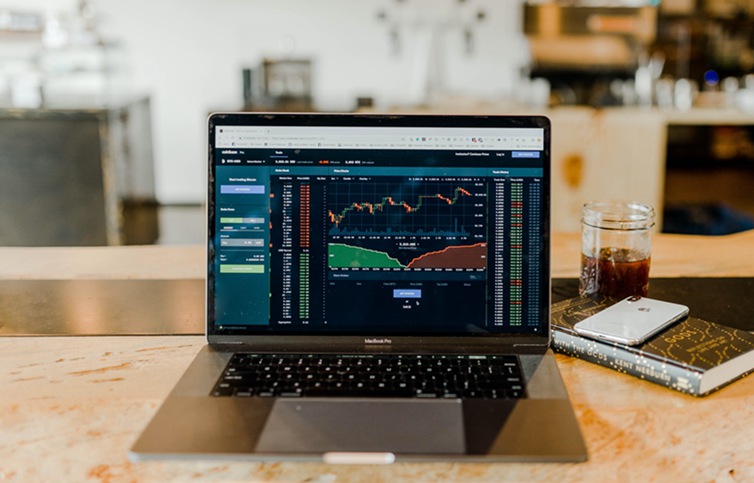RPT-COLUMN-China's Q1 key commodity imports were soft, outlook mixed: Russell

By Clyde Russell
LAUNCESTON, Australia, April 15 (Reuters) - China's imports of major commodities were weak in the first quarter, but the challenge is working out whether the soft outcomes are mainly the result of temporary factors or signs of deeper economic malaise.
The big four commodity imports, namely crude oil, iron ore, coal and copper, all saw declines in the first three months of 2025 compared to the same period in 2024.
The simple explanation is that the soft imports are because the world's second-largest economy is still struggling to build economic growth momentum, a task made harder by the escalating trade war launched by U.S. President Donald Trump.
But this ignores several factors unique to each of the commodities.
Take crude oil for example. Imports were 135.25 million metric tons in the first quarter, equivalent to 10.97 million barrels per day (bpd) and down 1.5% from the same period a year earlier, according to customs data released on Monday.
At first blush that looks like a weak outcome, and certainly crude imports were struggling in January and February.
But arrivals roared back in March, rising to 12.1 million bpd, the highest since August 2023 and up 4.8% from March last year.
The question is whether the surge in March imports was because of an improvement in underlying fuel demand, or was it driven by more temporary factors.
The latter is the more likely, as Chinese refiners bought up cargoes of Iranian and Russian crude, most likely in an attempt to buy as much as they could before new U.S. sanctions on those two countries oil exports came into effect.
China's imports from Iran were estimated by commodity analysts Kpler at 1.37 million bpd in March, up from 746,000 bpd in February and the most since October.
Seaborne imports from Russia were estimated by Kpler at 1.25 million bpd, up from 760,000 bpd in February and the most since November last year.
Pipeline imports from Russia add just under 1 million bpd to China's total arrivals from its neighbour.
The overall picture for crude is largely one of weakness, with the strength in March likely a one-off driven by anticipated and actual measures by the United States.
WEATHER HITS
Iron ore imports dropped to 93.97 million tons in March, down from February's 94.21 million and also 6.7% below the level from March of last year.
For the first quarter, arrivals of the key steel raw material were 285.31 million tons, down 7.8% from the same period in 2024.
But a significant part of the weakness in iron ore was because of weather-related disruptions in Australia, which supplies about two-thirds of China's total imports.
Australian exports of iron ore to China dropped to 50.5 million tons in February, the weakest in five years.
Many February-loading cargoes would have arrived in March in China, and March-loading cargoes recovered to 67.61 million tons, which implies April imports may be stronger.
Imports of all grades of coal were 114.85 million tons in the first quarter, down 0.9% from the same period a year earlier.
Similar to iron ore, there were weather-related disruptions to shipments from Australia, which is China's second-largest supplier after Indonesia.
Australia's exports to China in February dropped to 3.74 million tons, a two-year low and even though they recovered somewhat to 6.17 million in March, this was still below the 6.7 million tons a month they averaged in 2024.
Weaker Chinese domestic prices also encouraged utilities to switch to local supplies, a trend that is likely to persist and therefore put downward pressure on import volumes.
Copper imports were also soft in the first quarter, with arrivals of unwrought copper slipping 5.2% to 1.3 million tons.
But there is also a temporary factor at work in copper, with shipments to the United States rising as traders sought to take advantage of higher U.S. prices ahead of the expected imposition of a tariff on imports of the key industrial metal.
With the United States drawing cargoes, Chinese buyers preferred to trim their imports and await cheaper prices once the situation on Trump's potential tariffs becomes clearer.
The overall picture that emerges from China's first quarter commodity imports is that the trend is soft, and where there were signs of strength, as in crude oil arrivals in March, it was down to temporary factors.
The outlook also remains cloudy, given Trump's now 145% tariff on U.S. imports from China, which if maintained will make it harder for Beijing to engineer economic growth close to its target of around 5% for 2025.
The views expressed here are those of the author, a columnist for Reuters.




